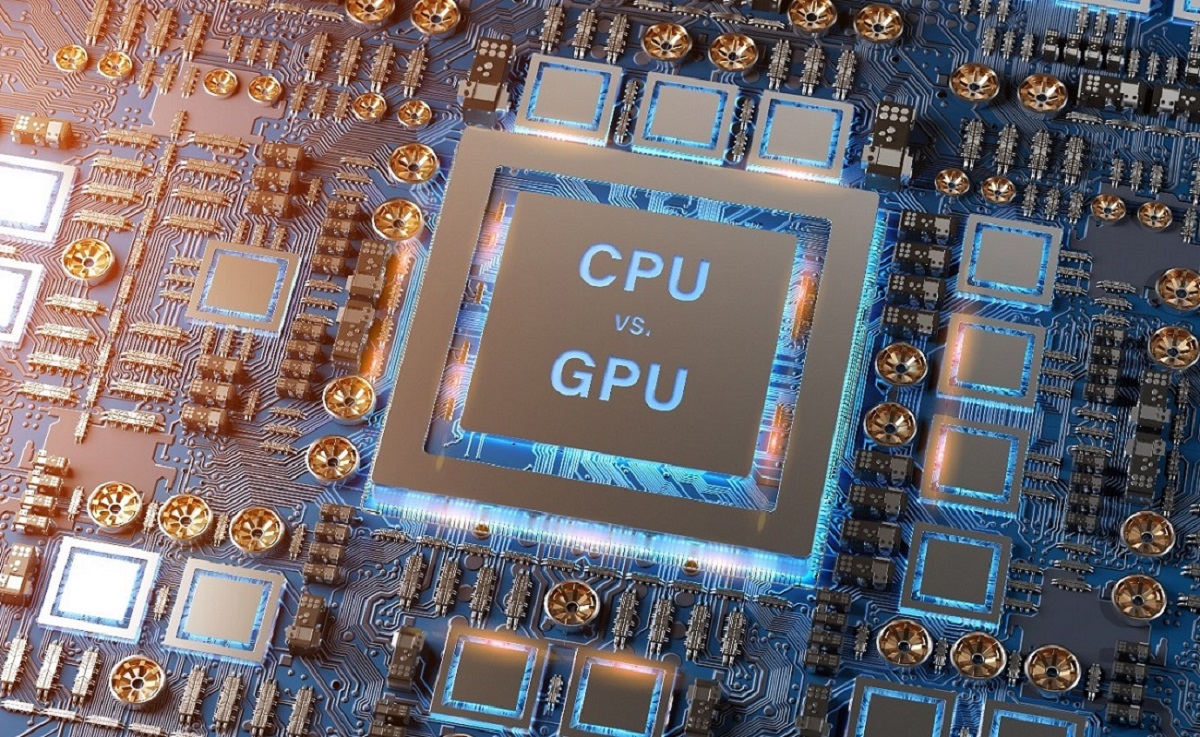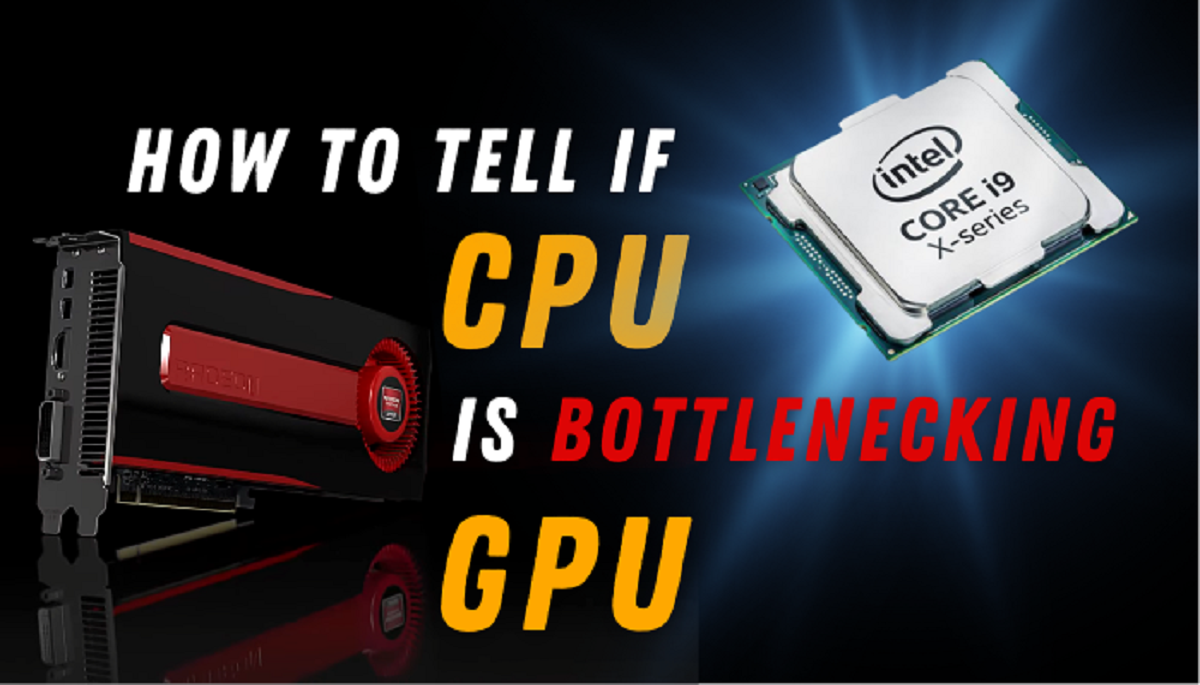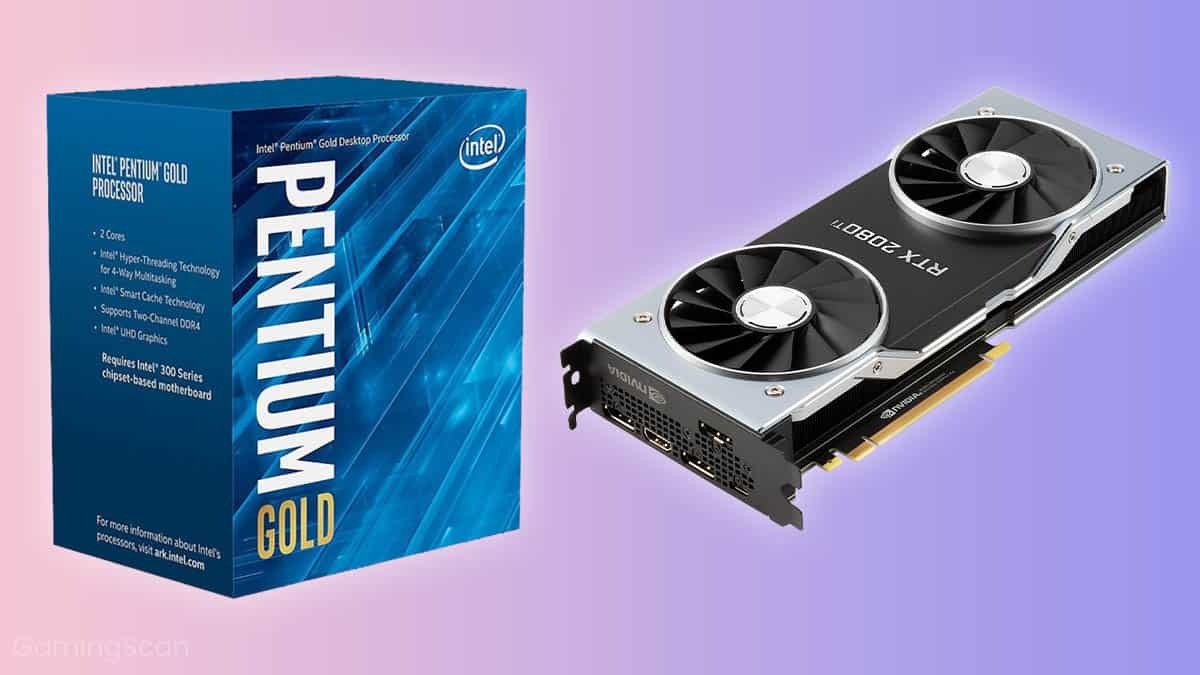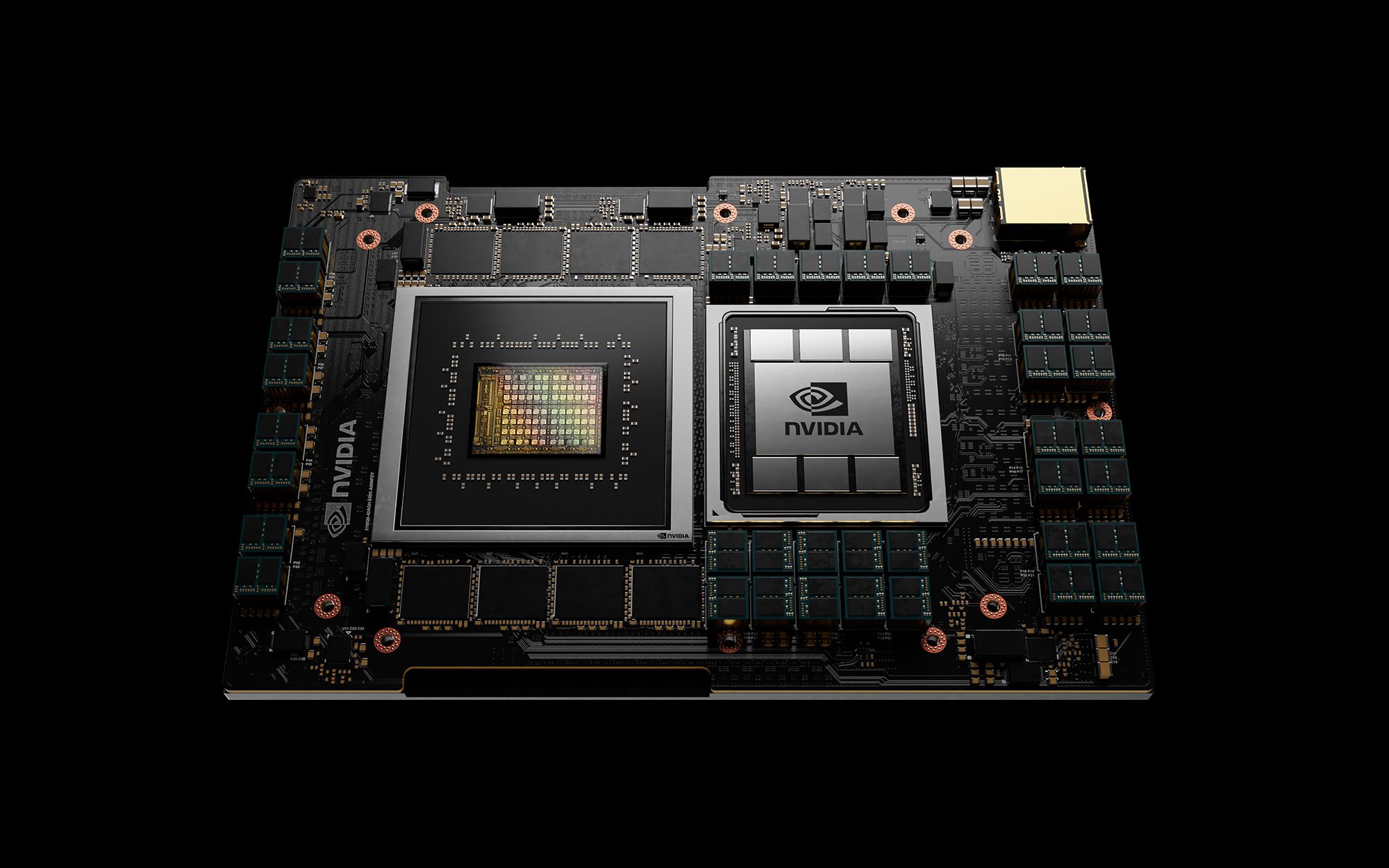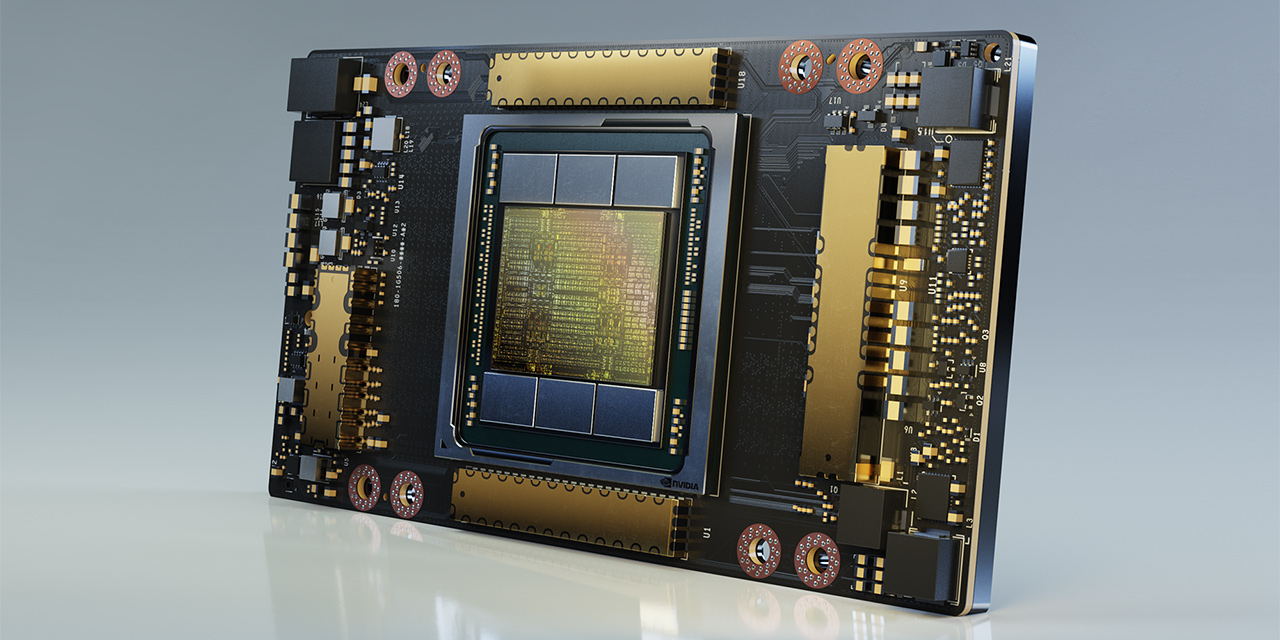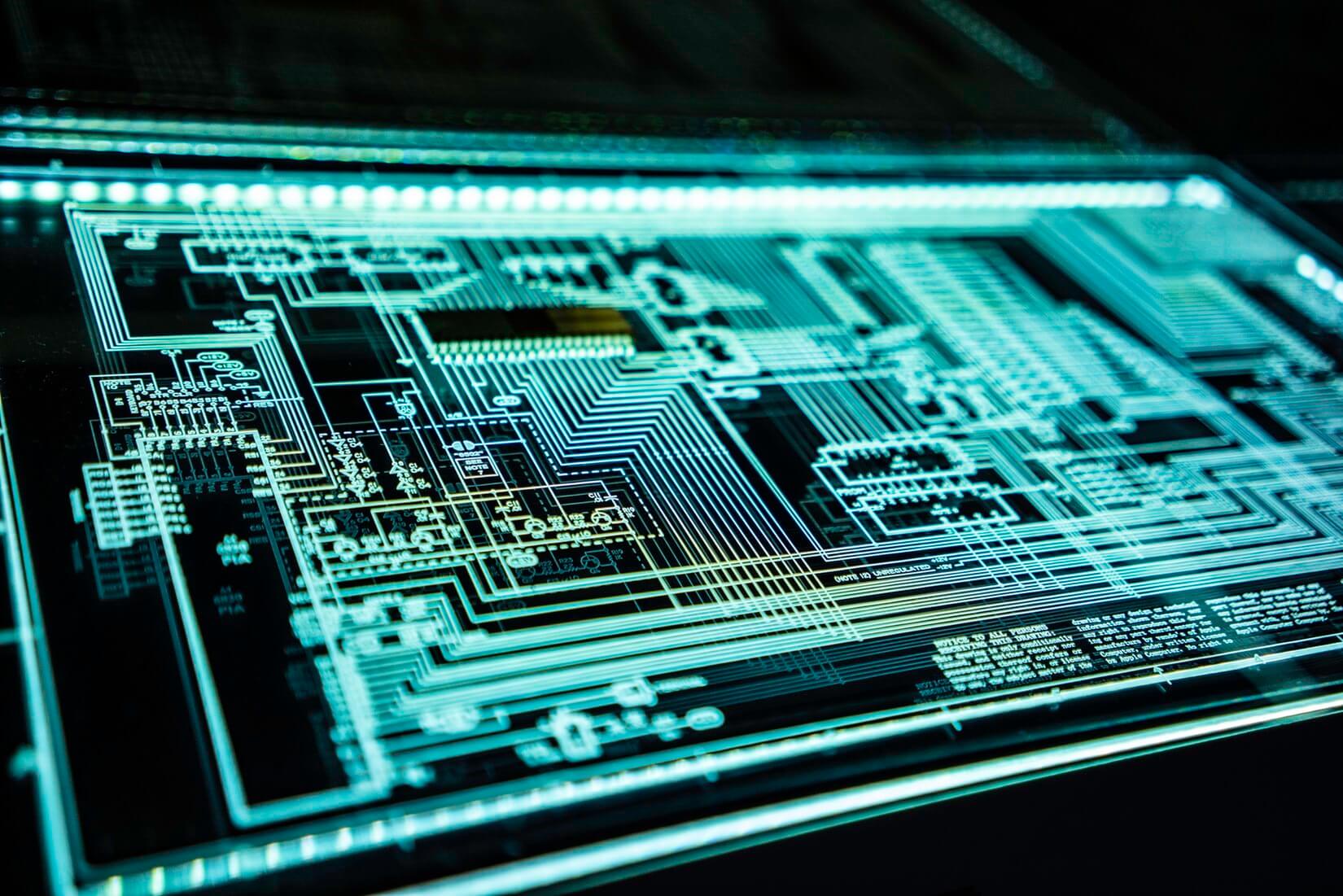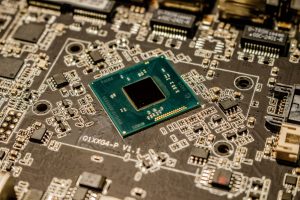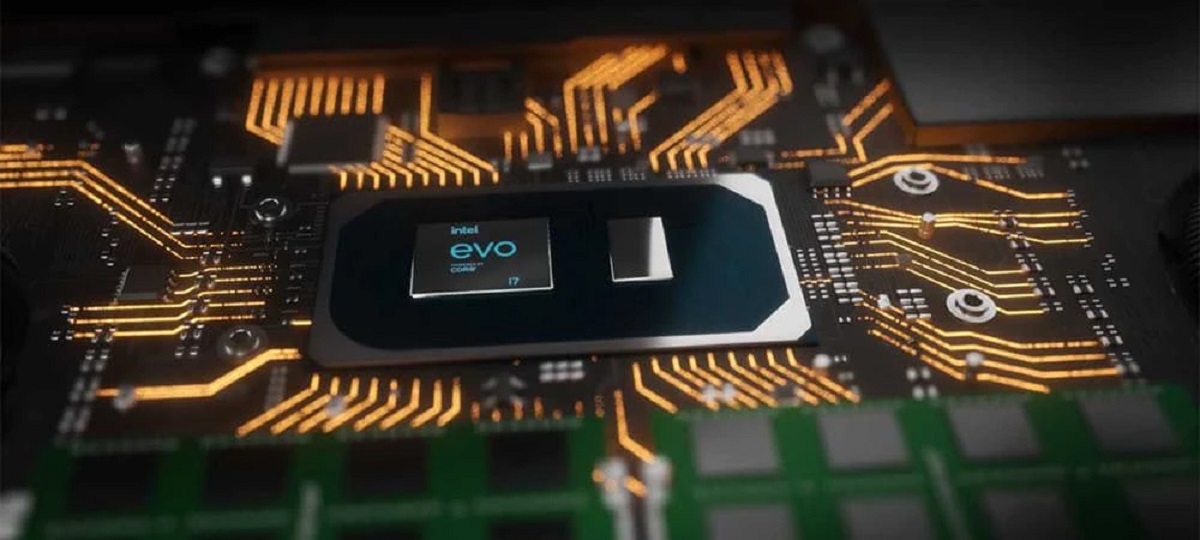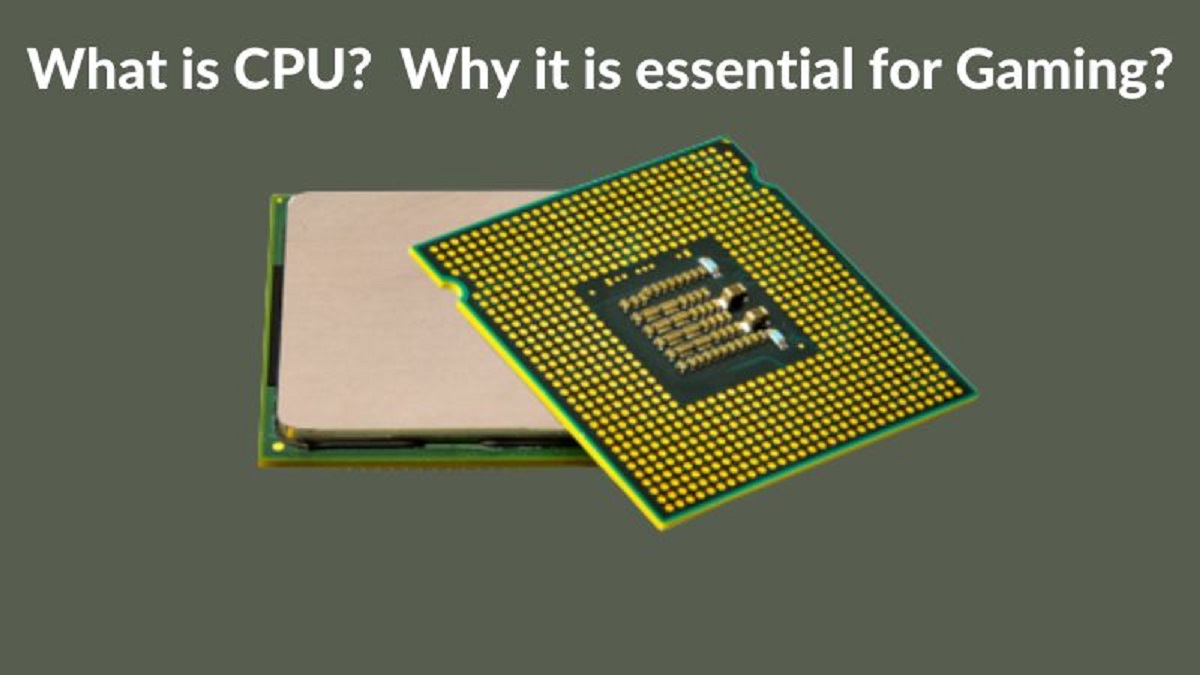Introduction
Welcome to the world of CPUs and GPUs – two fundamental components in modern computing technology that play a crucial role in powering the devices we use every day. As you delve into the realm of computers, gaming systems, and even machine learning, understanding the workings and differences between these two powerful processors is essential.
A CPU, or Central Processing Unit, serves as the brain of a computer. It performs a wide range of tasks, from executing instructions to managing data flow and coordinating all the operations in a system. On the other hand, a GPU, or Graphics Processing Unit, is primarily responsible for rendering and displaying images, videos, and animations. Both CPUs and GPUs are designed to process data, but they have distinct architectures and functions that set them apart from each other.
In this article, we will delve into the world of CPUs and GPUs, exploring their individual roles and identifying the differences that make them unique. We will also examine how CPUs and GPUs are employed in various applications, ranging from gaming to machine learning.
What is a CPU?
A CPU, or Central Processing Unit, is the primary component of a computer responsible for executing instructions and performing calculations. It is often referred to as the “brain” of a computer since it controls and coordinates all the operations within the system.
The CPU consists of several key components, including an arithmetic logic unit (ALU), a control unit, and a cache memory. The ALU performs mathematical and logical operations, such as addition, subtraction, and comparison, while the control unit manages the flow of data and instructions between different components of the computer.
The speed and capabilities of a CPU are measured in terms of clock speed and the number of cores. Clock speed refers to the number of cycles the CPU can execute per second, and it is typically measured in gigahertz (GHz). A higher clock speed means that the CPU can complete more instructions in a shorter amount of time.
Cores, on the other hand, determine the CPU’s multitasking ability. A single-core CPU can handle one task at a time, while a multi-core CPU can handle multiple tasks simultaneously. This helps improve the overall performance and efficiency of the computer.
In addition to its core components, the CPU also features a cache memory, which is a small, high-speed memory located directly on the CPU chip. The cache memory stores frequently accessed data and instructions, allowing the CPU to quickly retrieve and use them.
The CPU’s primary function is to carry out instructions from the computer’s operating system and software applications. It performs tasks such as running programs, managing memory, and interacting with input/output devices. The efficiency and speed of a CPU greatly influence the overall performance and responsiveness of a computer system.
What is a GPU?
A GPU, or Graphics Processing Unit, is a specialized processor primarily designed to handle and accelerate graphics-related tasks. While the CPU focuses on general-purpose computations, the GPU is specifically optimized for performing complex calculations required for rendering images, videos, and animations.
The GPU consists of thousands of parallel processing cores, each capable of performing multiple tasks simultaneously. These cores are responsible for executing calculations required to create and manipulate visual elements on a screen. By distributing the workload across multiple cores, GPUs can perform computations at a much faster rate compared to CPUs.
One of the key features that sets GPUs apart from CPUs is their ability to process data in parallel. GPUs excel at handling tasks that can be broken down into smaller, independent operations. This parallel processing capability makes GPUs ideal for tasks like rendering 3D graphics, video editing, and image processing.
Another important aspect of GPUs is their specialized memory, known as video memory or VRAM. This dedicated memory allows GPUs to store and quickly access large amounts of data required for rendering high-resolution images and videos. The VRAM also plays a vital role in improving the overall performance of GPU-intensive applications.
In recent years, GPUs have also gained prominence in fields outside of graphics processing. They have become an integral part of machine learning and artificial intelligence applications due to their ability to handle massive parallel computations. GPUs greatly accelerate training and inferencing processes in deep learning algorithms, leading to significant advancements in areas like image recognition, natural language processing, and autonomous driving.
It’s worth noting that modern CPUs also come equipped with integrated graphics, which are miniaturized GPUs integrated directly onto the CPU chip. While they are not as powerful as discrete GPUs, integrated graphics provide sufficient performance for everyday tasks like web browsing, video playback, and basic gaming.
In summary, GPUs are specialized processors optimized for graphics processing tasks. With their parallel processing capabilities and dedicated memory, they excel at rendering visually stunning graphics, accelerating video editing, and powering machine learning algorithms.
Differences between CPUs and GPUs
While both CPUs and GPUs are processors designed to handle data and perform calculations, there are several key differences between them in terms of architecture, functionality, and optimization.
1. Architecture:
CPUs have a few high-performance processing cores optimized for executing complex tasks sequentially. They focus on general-purpose computing and perform well in tasks that require high single-threaded performance. On the other hand, GPUs have thousands of smaller processing cores optimized for parallel computing. Their architecture allows them to handle a large number of simpler tasks simultaneously, making them ideal for tasks that involve massive parallel computations, such as graphics processing and machine learning.
2. Task Allocation:
CPUs are designed to handle a wide range of tasks, from running operating systems to executing software applications. They are responsible for managing and coordinating all operations within a system. In contrast, GPUs are primarily dedicated to handling graphics-related tasks, such as rendering images and videos. However, with advancements in GPU computing, they are increasingly being used for other parallel computing-intensive tasks, such as scientific simulations and data processing.
3. Memory:
CPUs typically have relatively smaller memory caches, which allow for quicker access to frequently used data. They also have access to the main system memory (RAM), enabling them to handle a wide range of applications efficiently. GPUs, on the other hand, have their dedicated video memory (VRAM) which is larger and faster than CPU caches. This VRAM is optimized for handling large amounts of data required for rendering complex graphics and performing parallel calculations, giving GPUs an advantage in graphics-intensive applications.
4. Power Consumption:
CPUs are designed to balance performance and power efficiency, making them suitable for a wide range of devices, from laptops to servers. They have power management features that allow them to adjust clock speeds and power consumption based on the workload. GPUs, on the other hand, are optimized for maximum performance, often consuming a significant amount of power. This design makes them ideal for desktop gaming systems and workstations where performance takes precedence over power efficiency.
5. Programming:
CPUs are typically programmed using general-purpose programming languages like C, C++, and Java. They have well-established ecosystems and libraries that support a wide range of applications. GPUs, however, require specialized programming techniques to fully harness their parallel processing capabilities. Programming languages like CUDA and OpenCL provide the necessary tools and frameworks to leverage the power of GPUs for parallel computing.
In summary, CPUs are versatile processors with a focus on sequential processing and general-purpose computing. They excel at running operating systems and executing software applications. GPUs, on the other hand, are specialized processors optimized for parallel computing and graphics-intensive tasks. They are particularly effective in tasks that require massive parallel computations, such as rendering complex visuals and accelerating machine learning algorithms.
CPU and GPU in Gaming
The combination of a powerful CPU and GPU is essential for an optimal gaming experience. Both components play a significant role in determining the performance, visual quality, and overall responsiveness of games.
The CPU’s role in gaming involves handling various non-graphics related tasks, such as managing game physics, AI calculations, and game logic. It ensures that the game runs smoothly, handles input from the player, and coordinates the flow of data between different components of the gaming system. While the CPU’s clock speed and the number of cores are essential, most modern games rely heavily on the GPU for graphics rendering.
The GPU is responsible for rendering the visuals in games, including realistic textures, complex lighting effects, and 3D models. It performs calculations required to create and display these visuals, taking into account factors such as resolution, anti-aliasing, and frame rate. The more powerful the GPU, the higher the graphical settings a game can handle. This includes running games at higher resolutions, enabling advanced graphical effects, and achieving smoother frame rates.
In addition to the GPU’s raw processing power, its VRAM plays a vital role in gaming. The VRAM stores the textures and other graphical assets needed for rendering in real-time. Higher VRAM capacity allows for smoother gameplay by reducing the need for assets to be dynamically loaded from the system’s memory, which can cause delays and stutters in performance.
Gaming also heavily relies on the collaboration between the CPU and GPU. While the GPU handles the graphics rendering, the CPU supports it by feeding the GPU with relevant data and instructions, ensuring that the GPU’s pipeline is efficiently utilized. The CPU and GPU must work together seamlessly to maintain a balanced system that can handle complex games and deliver a smooth gaming experience.
When considering gaming hardware, it is important to strike a balance between CPU and GPU power. Investing in a high-end GPU with a low-tier CPU might result in a bottleneck situation, where the CPU struggles to keep up with the GPU’s demands. Conversely, a powerful CPU paired with a weaker GPU might result in limited graphical performance, even if the CPU can handle other non-graphics tasks efficiently.
Overall, a combination of a powerful CPU and GPU is crucial for a satisfying gaming experience. The CPU ensures smooth gameplay, handles game physics and AI calculations, while the GPU takes care of rendering high-quality visuals. By carefully selecting both CPU and GPU components, gamers can enjoy smooth frame rates, high graphical settings, and an immersive gaming experience.
CPU and GPU in Machine Learning
The fields of machine learning and artificial intelligence have greatly benefited from the combined power of CPUs and GPUs. Both processors play distinct roles in accelerating the training and inference processes, enabling breakthroughs in various machine learning applications.
The CPU’s role in machine learning involves managing the overall workflow, preprocessing the data, and orchestrating the training process. CPUS are well-suited for handling tasks that require sequential processing, such as data cleaning, feature extraction, and model evaluation. They excel at managing complex algorithms and handling the overall coordination of the machine learning pipeline.
While the CPU takes care of the high-level management, the GPU plays a crucial role in accelerating the computationally intensive tasks involved in training deep neural networks. GPUs are highly efficient in parallel computations, which enable simultaneous calculations on thousands of data points. This parallel processing capability significantly speeds up the training process, allowing machine learning models to learn from extensive datasets much faster.
When it comes to inference, which involves applying the trained model to new data, both CPUs and GPUs have their advantages. CPUs are ideal for handling low-latency, real-time inference tasks, as they provide the necessary flexibility and are well-suited for handling multiple concurrent requests. GPUs, on the other hand, are optimized for throughput inference, where large batches of data are processed in parallel. This makes GPUs highly effective in scenarios where speed and efficiency are prioritized over real-time decision-making.
In recent years, specialized hardware like Tensor Processing Units (TPUs) has emerged as an alternative for machine learning acceleration. TPUs are designed specifically for machine learning workloads and offer even greater performance for deep learning tasks. They provide superior computational power for matrix operations, which are at the core of many neural network architectures.
It is worth noting that the choice between CPUs, GPUs, and specialized hardware like TPUs depends on the specific machine learning task and the available resources. Deep learning frameworks and libraries, such as TensorFlow and PyTorch, provide support for multiple hardware configurations, allowing developers to take advantage of the power of CPUs, GPUs, or TPUs based on their specific requirements.
In summary, CPUs and GPUs are essential components in machine learning. While CPUs handle the overall management and orchestration of the machine learning process, GPUs are well-suited for accelerating the computationally intensive tasks involved in training deep neural networks. The combined power of CPUs and GPUs enables researchers and developers to train and deploy machine learning models more efficiently, facilitating advancements in areas such as image recognition, natural language processing, and autonomous driving.
Conclusion
In conclusion, CPUs and GPUs are two essential components in modern computing technology, each serving unique roles in different applications.
CPU, the central processing unit, acts as the brain of a computer, executing instructions and managing data flow. It is optimized for sequential processing and handles a wide range of tasks, from running operating systems to executing software applications.
On the other hand, the GPU, or graphics processing unit, is specialized in parallel processing and excels at handling graphics-intensive tasks. It is responsible for rendering high-quality visuals, such as realistic textures, complex lighting effects, and 3D models.
Both CPUs and GPUs have their strengths and are integral to various industries. In gaming, a powerful CPU and GPU combination ensures smooth gameplay, high frame rates, and stunning graphics. The CPU handles game physics and AI calculations, while the GPU focuses on rendering visuals.
In the field of machine learning, CPUs manage the overall workflow and orchestrate the training process, while GPUs accelerate the computationally intensive tasks involved in training deep neural networks. The combined power of CPUs and GPUs enables researchers and developers to advance the capabilities of machine learning models.
It is important to consider the balance between CPU and GPU power according to the intended use of the system. In everyday tasks, a well-rounded CPU will suffice, whereas for intensive tasks like gaming or machine learning, a powerful GPU is essential to deliver optimal performance.
As technology continues to evolve, advancements in both CPU and GPU designs will further enhance their capabilities. Specialized hardware like TPUs will continue to push the boundaries of machine learning performance.
In summary, understanding the roles and differences between CPUs and GPUs allows us to make informed decisions when selecting computer systems for different applications. CPUs and GPUs work together to power our devices, drive innovation, and shape the future of computing technology.







